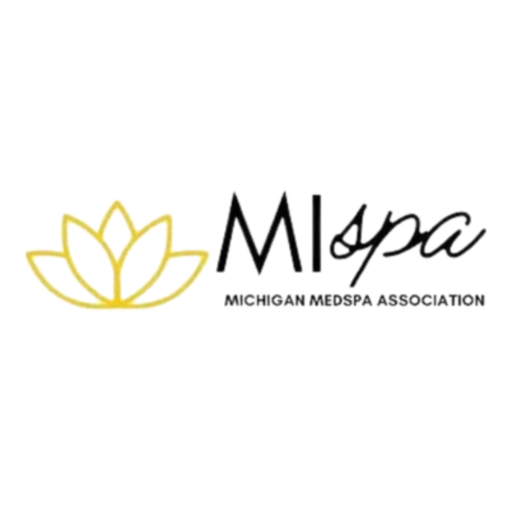As with any industry, the medical aesthetics industry appears to be headed toward a market correction. Over the past decade, we’ve seen a surge of new businesses offering cutting-edge beauty and wellness services—from laser treatments to injectables—all aimed at helping individuals look and feel their best. But with oversaturation in the market and broader economic concerns on the horizon, this once “luxury” industry is bracing for dramatic changes. Smaller clinics may either close their doors or merge with larger players, mirroring the natural consolidation that often follows a phase of rapid, loosely regulated growth.
The harsh truth is that these shifts could have a serious impact on consumers—especially in states where regulations haven’t kept up with the skyrocketing demand. While a handful of states have adopted new rules or laws to protect patients, the overall regulatory landscape remains scattered. As a result, many medical spas operate with minimal oversight, leaving clients vulnerable to inconsistent practices and, in some cases, subpar safety standards.
The question that isn’t getting enough attention is: How will this market correction affect the patient? If the “Wild West” approach to growth continues unchecked, consumers could end up bearing the brunt of the industry’s failures—paying the price in both their wallets and their well-being.
Below, I’ll highlight the major challenges facing the medical spa industry, along with critical safety best practices that can keep medical aesthetics thriving—even amid economic and regulatory turbulence. Each point also touches on the patient advocacy work we’re doing in partnership with MISPA – Michigan’s Medical Spa association .org, to ensure that qualified medical directors and top-tier safety protocols remain front and center, ultimately safeguarding the future of medical aesthetics for everyone involved.
- Navigating Rapid Regulatory Shifts
- Challenge: The industry is constantly evolving, with new devices, treatments, and rules cropping up at a rapid pace—sometimes leaving med spas vulnerable if they aren’t monitoring changes closely. The link below highlights some issues going on in Texas currently that could potentially change the whole industry. AmSpa – Med Spa action center
- Best Practice: Stay proactive by forming strong relationships with regulatory bodies and seeking guidance from associations like MISPA – Michigan’s Medical Spa association, which offers up-to-date resources on compliance and standards. This way, med spa owners can pivot swiftly and maintain best-in-class patient care.
- Establishing Qualified Medical Oversight
- Challenge: Not all med spas have clear, consistent guidelines for medical direction—leading to confusion about who should oversee clinical protocols, sign off on treatments, and handle complications.
- Best Practice: Emphasize a Qualified Medical Director who a deep understanding and involved in day-to-day operations. Advocating for physician-led oversight, ensuring consistent clinical standards and a clear chain of command. This structure builds trust and reduces liability by guaranteeing every procedure has expert sign-off.
- Strengthening Patient Advocacy and Education
- Challenge: Consumers often struggle to distinguish between credible treatments and businesses and “fad” procedures. Without proper guidance, they may choose risky or ineffective options. If a procedure has any type of complication there are limited or, in some states, no outlets for patients to report to the medical director, provider or business.
- Best Practice: Collaborate with patient advocacy groups—like MISPA – Michigan’s Medical Spa Association —to promote transparency and education. By hosting informational events, offering resources on treatment protocols, and openly discussing potential risks or side effects, med spas empower clients to make safe, well-informed choices.
- Maintaining Rigorous Safety and Sanitation Standards
- Challenge: A growing market can sometimes lead to shortcuts, especially when trying to keep costs down or speed up services. Cutting corners on sanitation or procedural protocols can lead to serious safety issues.
- Best Practice: Implement a “no compromises” approach—regular staff training, detailed standard operating procedures, and ongoing audits are non-negotiable. Partnering with your state or national association helps med spas tap into vetted resources on sterilization guidelines, infection control, and other critical safety measures, ensuring every client visit meets the highest standards.
By proactively addressing these challenges and integrating safety-focused best practices, the medical spa industry can continue evolving as a trusted space for patients seeking top-tier aesthetic services. Through collaboration with respected organizations like MISPA – Michigan’s Medical Spa Association, maintaining a strong commitment to qualified medical directors and patient advocacy, we can ensure that the future of medical aesthetics remains bright, secure, and centered on positive client outcomes.
